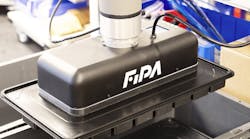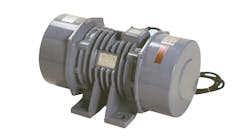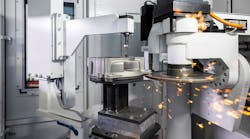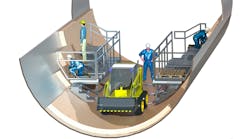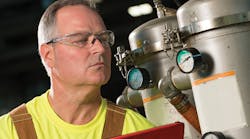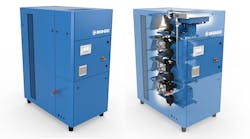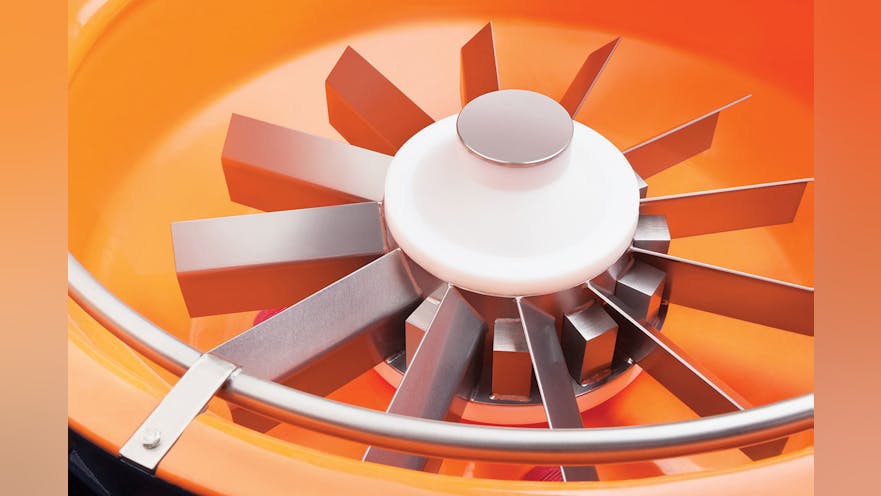WALTHER TROWAL has redesigned its CM vibratory system for more efficient finishing of high-value workpieces, like blisks for aerospace or industrial turbines. The new design ensures that the workpieces receive a uniform, homogeneous high-quality finish with “absolutely repeatable results.”
The surface finish of blisks (“blade integrated disks”) affects the airflow characteristics when installed in turbine, and, thus the system’s overall efficiency, fuel consumption, and noise emissions. To date the surface finishing of blisks has been done manually, with grinding disks and other hand operated tools. Due to the “human factor” the quality of the final finish would widely vary between workpieces. It may even be the case that certain surface areas are not finished at all.
For consistent and high-quality finishing of circular, high-value components Walther Trowal redesigned the rotary vibrator “CM” in cooperation with turbine manufacturers, to make the process more suitable for treating all kinds of turbine components. The “CM” system allows deburring and general surface improvement of components with diameters of up to 980 mm.
Individual workpieces are mounted to the inner dome of the processing bowl. The height of the inner dome itself has been shortened significantly. After grinding media has been filled into the bowl, a vibratory motor causes the complete work bowl to vibrate. This causes a constant “rubbing” of the media against the fixed workpiece. Because the “rubbing” action is highly homogeneous, a uniform, even finish on all surface areas of the disk and blades is achieved. When the process is complete, the surface roughness readings amount to Ra = 0.2 to 0.4 µm.
Starting with an initial surface roughness of Ra = 4 to 5 µm, the desired finishing results are achieved within five to six hours. Compared to this method, manual finishing of blisks may take several days.
“Especially for the production of turbine components, any manual manufacturing operations must be viewed with great skepticism because the quality of the work will vary greatly,” commented Christoph Cruse, sales manager. “With our new finishing machine, we have completely eliminated the vagaries of the human factor. And, we can reduce the finishing times for blisks from several days to just a few hours.”
For finishing blisks Walther Trowal recommends the special finishing media, type V 2030: it produces very smooth surface finishes on materials and shapes that are typical for blisks, and it is globally approved for the aerospace industry.
Learn more at www.walther-trowal.com
